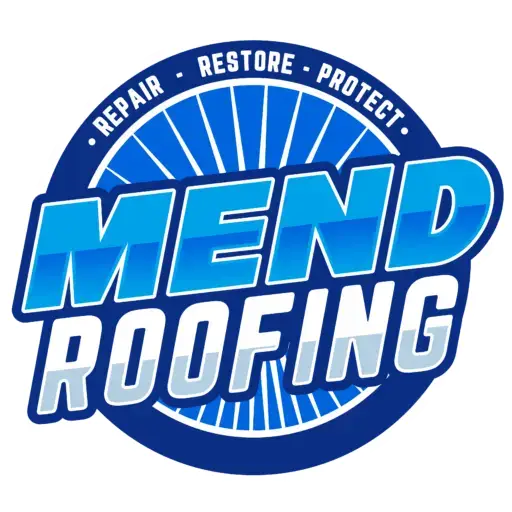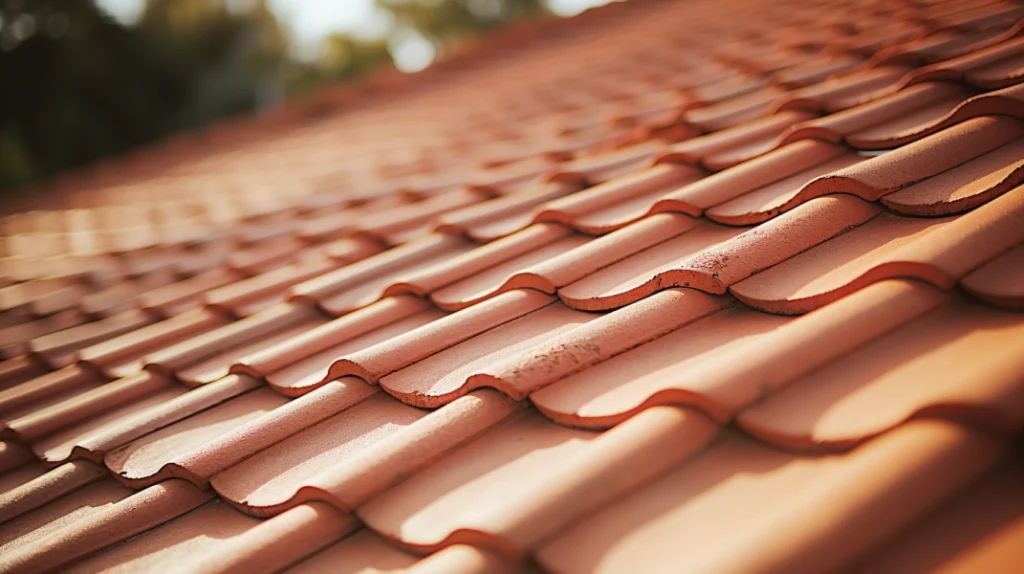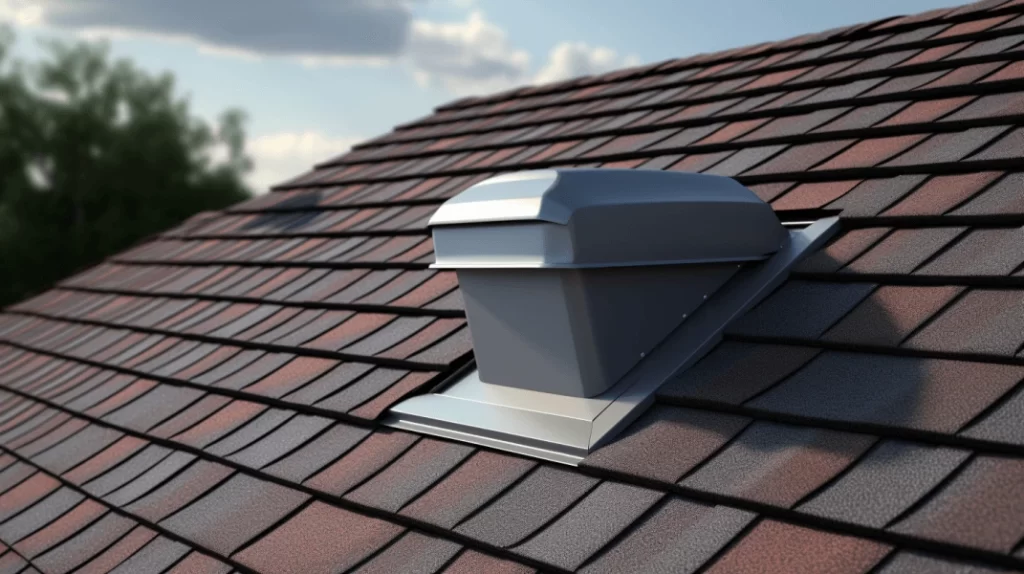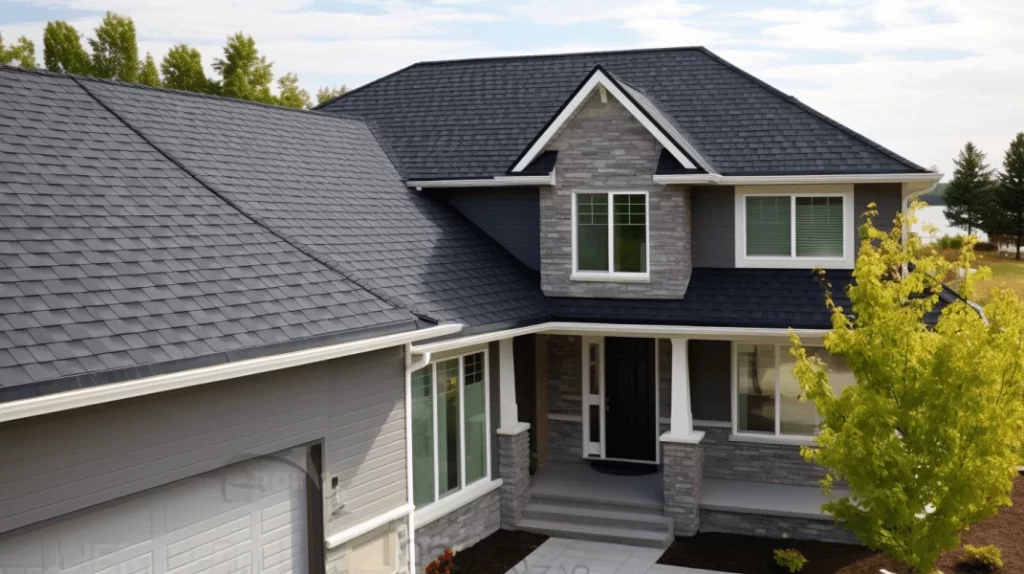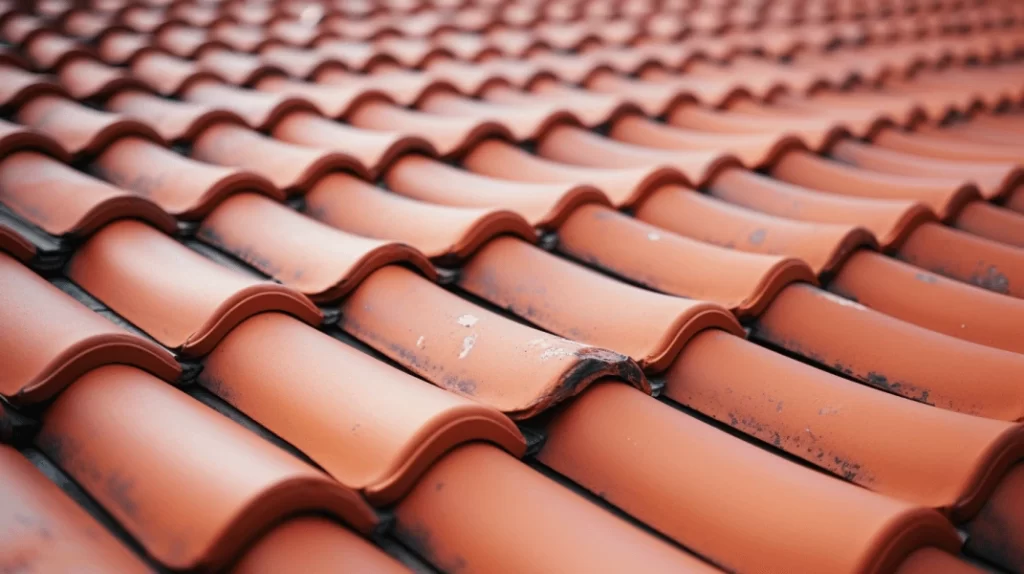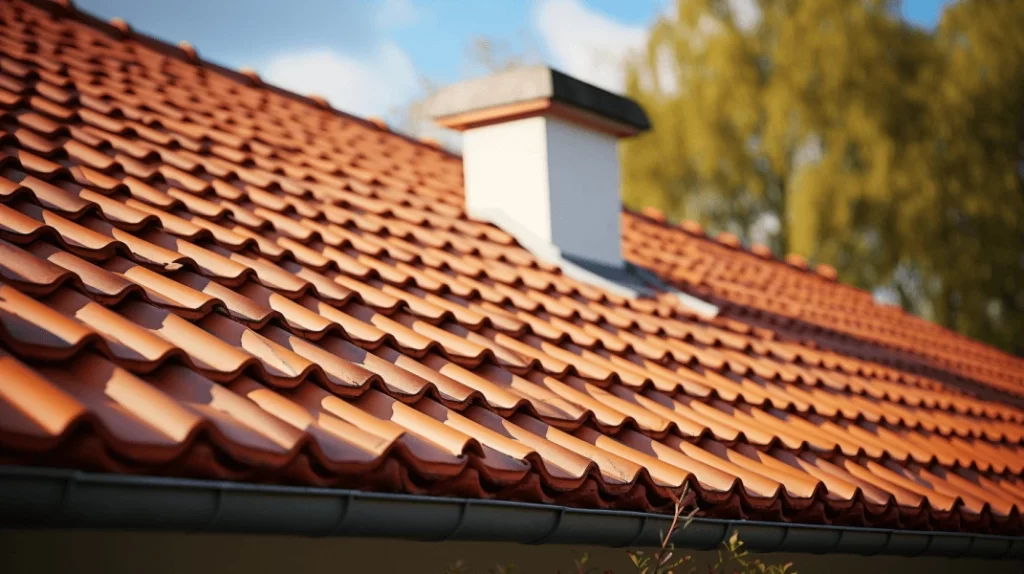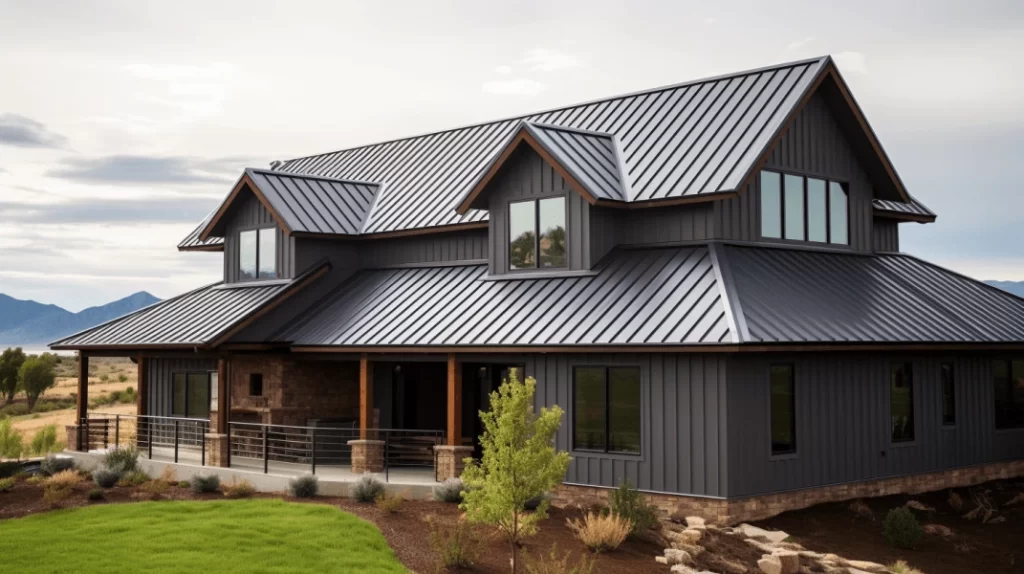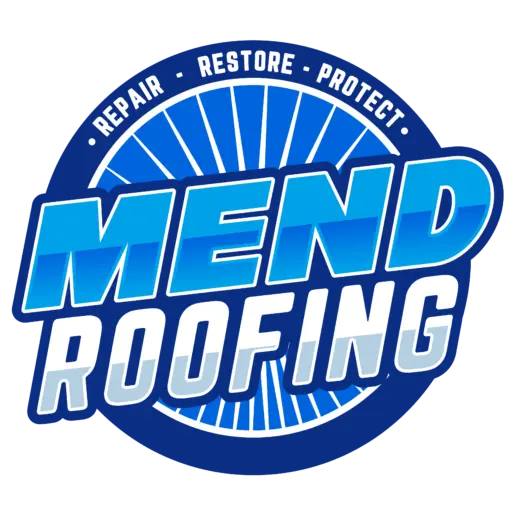Roofing is an essential aspect of any building, ensuring protection from external elements and contributing to the overall aesthetics. While the primary purpose of roofing remains consistent, the approach and materials differ significantly between commercial and residential structures. In this guide, we delve into the intricacies of both types, highlighting their unique characteristics and requirements.
Key Differences in Materials
Commercial and residential roofs differ primarily in the materials used. Commercial structures, often taller and more expansive, demand robust materials to withstand harsher weather conditions. Some prevalent materials for commercial roofing include:
- Tile roofing
- Metal roofing
- Ethylene propylene diene monomer (EPDM) roofing
Residential roofs, on the other hand, offer a broader selection due to their varied designs and aesthetic requirements. Common choices for homes include:
- Asphalt shingles
- Wood shingles
- Metal roofing
- Roof tiles
Interestingly, many modern homes now incorporate flat roof features, utilizing materials traditionally associated with commercial roofing.
Design Considerations
The design of a roof plays a pivotal role in its functionality and appearance. Residential roofs, being more visible, place a premium on style and design. They often feature intricate patterns, colors, and slopes, making them stand out in a neighborhood.
Conversely, commercial roofs prioritize functionality over aesthetics. They are typically flat, low-sloped, and expansive, allowing for easy maintenance and the placement of essential equipment like HVAC systems.
Cost Implications
Roofing a commercial building generally incurs a higher cost than residential structures. The primary reasons include the larger surface area of commercial roofs and the specialized tools and materials required. Moreover, commercial roofing often involves additional features like smokestacks, ventilation systems, and pipes, further escalating the costs.
Installation Complexities
The installation process for commercial roofs is more intricate than their residential counterparts. The presence of various installations like smokestacks and ventilation systems necessitates skilled roofing services. In contrast, residential roofing, with its simpler design, is relatively easier and quicker to install.
Maintenance and Inspection
Maintenance is crucial for the longevity of any roof. Commercial roofs, being mostly flat, are easier to inspect and maintain. Their design allows for straightforward access and cleaning. Residential roofs, with their steeper slopes, present challenges for roofers during inspection and repairs, necessitating specialized equipment and safety measures.
At Mend Roofing, we understand the nuances of both commercial and residential roofing. Whether you’re a business looking for a roofing contractor in Spring TX or a homeowner seeking roof repair in Spring TX, our team of experts ensures top-notch service tailored to your needs. With our experience as a leading roofing company in Spring, you can trust us to provide solutions that stand the test of time.
Conclusion
While both commercial and residential roofs serve the primary purpose of sheltering a building, their requirements, materials, and maintenance protocols differ significantly. By understanding these differences, property owners can make informed decisions, ensuring their roofs remain in optimal condition for years to come.
